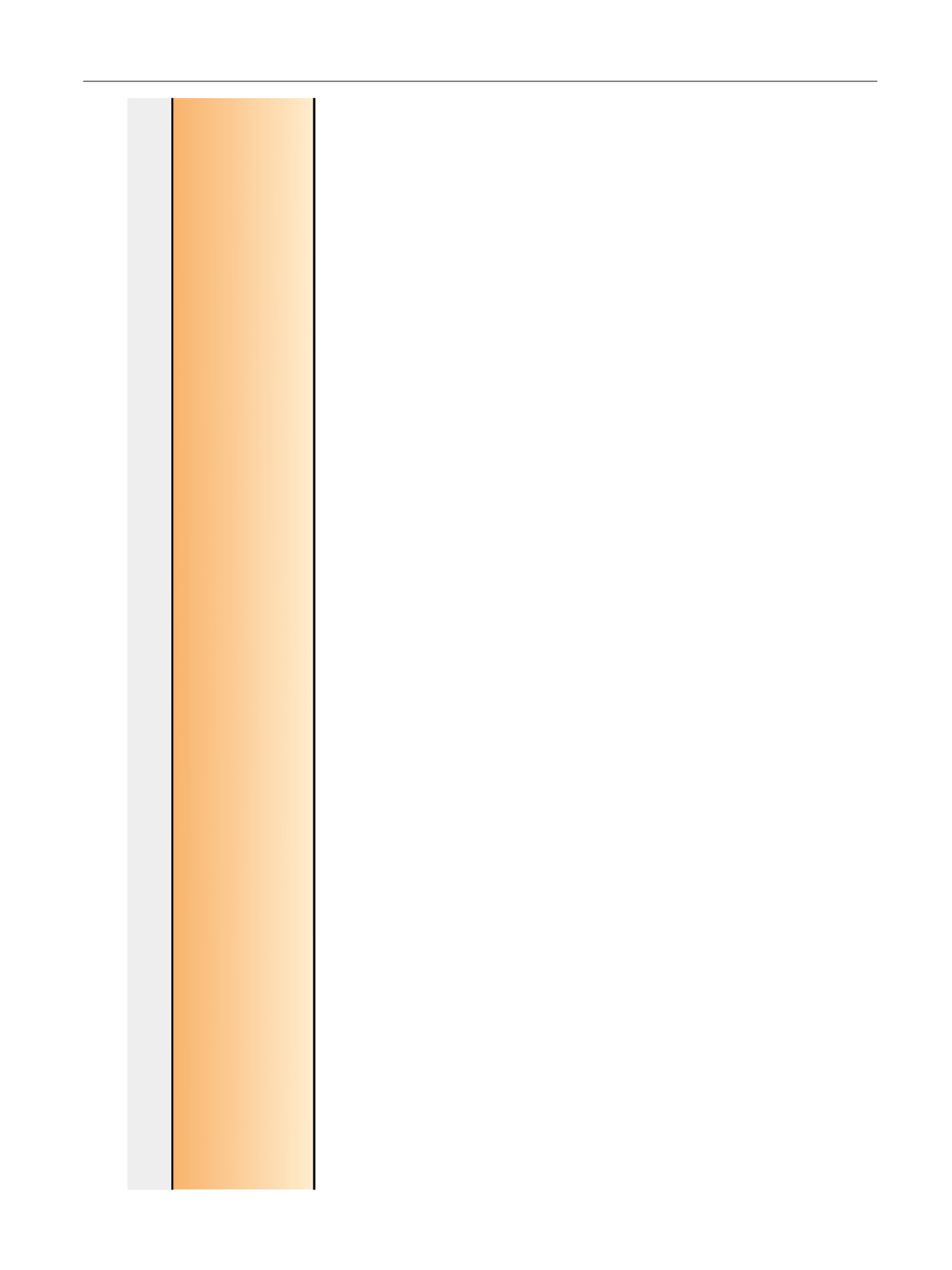

Versus Interstitial Radiation Intervention Trial (SPIRIT)
[11]enrolled 168 men with low-risk PCa who received either RP
or LDR BT. The investigators using the EPIC tool found a
statistically significant difference in the urinary and sexual
domain, favouring men treated with LDR BT at a mean
follow-up of 5.2 yr. These results should be interpreted with
caution, since only a minority of patients were randomly
assigned to treatment arms (19%) and the trial was closed
prematurely due to poor accrual.
Another RCT
[13]that recruited 200 patients with low-
risk PCa reported that urinary irritation was statistically
significantly worse in the LDR BT arm when compared with
pretreatment values, while urinary incontinence was more
common—although not statistically significantly different—
in the nerve-sparing RP (NSRP) arm, at 1 yr of follow-up.
However, there were no significant differences in EORTC
QLQ-C30/PR25 scores at 5-yr of follow-up. It is notable that
only within-group tests were reported in this trial.
3.4.2.
Data from NRCSs
Statistically significant differences, for QoL outcomes
between or within treatment groups, at the latest follow-
up of each NRCS
[14–30]are shown in
Table 4. A complete
summary of the outcome results can be found in
Supplementary Table 2.
3.4.2.1. RP versus EBRT versus BT.
An observational study
[25]compared men undergoing NSRP versus non-NSRP versus
EBRT versus BT using the University of California, Los
Angeles (UCLA) Prostate Cancer Index (PCI) tool. The study
was characterised by poor participant retention at 5 and
10 yr. However, at 2 yr of follow-up (81% cohort retention),
authors using NSRP as a reference value reported that men
treated with EBRT were more likely to have a clinically
significant decline (CSD; at least half standard deviation
from baseline) in bowel function and bother score, while
men treated with BT were more likely to have a CSD in
bowel bother score. Conversely, men were less likely to
have a CSD in urinary and sexual function for BT and EBRT.
These results are analogous with the results from two other
studies
[14,21]. The first
[14]used the UCLA-PCI tool, and
for a follow-up of up to 5 yr, reported that patients treated
with EBRT had better sexual and urinary but worse bowel
function than those treated with RP. BT patients had better
sexual function, sexual bother, and urinary function
compared with RP patients; however, they had worse
bowel function, bowel bother, and urinary bother. The
second study
[21]assessed QoL scores at 3 yr using the EPIC
questionnaire. In comparison with NSRP, EBRT and BT
caused significantly worse urinary irritative/obstructive
adverse effects but less urinary incontinence and sexual
dysfunction. EBRT also caused worse bowel and hormonal
adverse effects.
Sanda et al
[27] ,using the EPIC tool, compared CSDs in
QoL scores within treatment groups only, from baseline to
2 yr post-treatment. Patients in the RP group reported CSDs
in urinary continence and sexual function; however, urinary
irritation/obstruction scores significantly improved after
surgery. EBRT was also associated with improvement in
Symon
(2006)
[29]
, USA,
prospective, NR
Radical
prostatectomy
24 57.5 (7.7)
12
T1: 13 (56.5%)
T2: 10 (43.5%)
2–6: 12 (50%)
7: 11 (46%)
8–10: 1 (4%)
4–10: 22 (92%)
>
10: 2 (8%)
NR
EPIC
EBRT
26 61.9 (27)
T1: 19 (76.0)
T2: 6 (24.0)
2–6: 10 (38%)
7: 15 (58%)
8–10: 1 (4%)
4–10: 20 (77%)
>
10: 5 (19%)
ADT = androgen deprivation therapy; CI = confidence interval; COPD = chronic obstructive pulmonary disease; EBRT = external beam radiotherapy; EPIC = Expanded Prostate Cancer Index Composite; FU = follow-up;
IMRT = intensity-modulated radiotherapy; N = number of patients; N/A = not applicable; NR = not reported; NS = nerve-sparing; PCOS = Prostate Cancer Outcomes Study; PROM = patient-reported outcome measure;
SBRT = stereotactic body radiotherapy; SD = standard deviation; UCLA-PCI = University of California, Los Angeles Prostate Cancer Index.
a
Watchful waiting and hormonal arms of the study have been excluded from this review.
b
Active surveillance arm of the study has been excluded from this review, as authors did not distinguish between watchful waiting, active surveillance, and treatment delay.
c
The study reports only 12 mo FU results.
d
Cryotherapy arm of the study has been excluded from this review.
e
Watchful waiting/active surveillance and ADT arms of the study have been excluded from this review.
f
Expectant management arm of the study have been excluded from this review.
E U R O P E A N U R O L O G Y 7 2 ( 2 0 1 7 ) 8 6 9 – 8 8 5
877
















